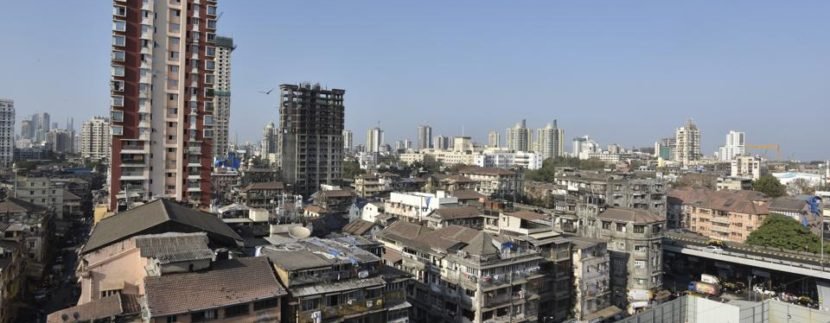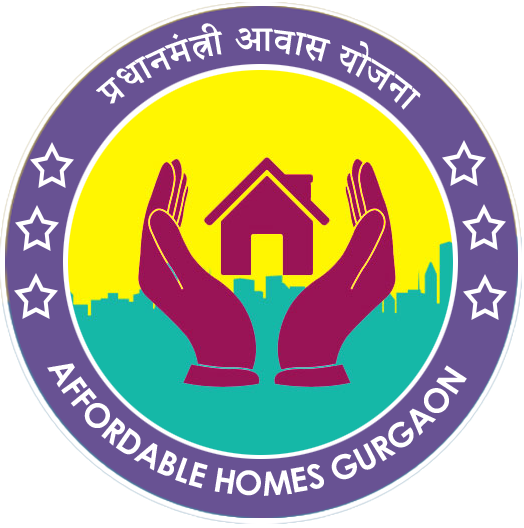PM’s Housing Scheme Gets Tepid Response from the Middle Class

A little over a year after the government expanded the ambit of its Pradhan Mantri Awas Yojana (PMAY) to include the middle class (with annual income between Rs 6 lakh and Rs 18 lakh), the response has been lukewarm.
According to ministry of housing and urban affairs figures, since January 2017, when PMAY was opened to the middle income category , till the first week of April, only 27,000 beneficiaries have availed interest subsidy on loans for construction/acquisition of house. At the time of launch, the ministry had said that it intends to target 50,000 people from the middle income category in 2017-18 under the scheme.
Prime Minister Narendra Modi had in December 2016 announced two new components of credit-linked subsidy to help the middle class, who till then were not included in the NDA government’s flagship housing programme. As part of the scheme, those with an annual income of up to Rs 12 lakh can avail a four percentage point interest subsidy on a loan of Rs 9 lakh, while those with an income up to Rs 18 lakh would get an interest subsidy of three percentage point on a loan of Rs 12 lakh. In contrast, the number of beneficiaries under the Economically Weaker Section/Low Income Group (with annual income of Rs 6 lakh), who were included under PMAY from the very beginning in 2015, is much higher at 1.13 lakh.
Housing sector experts blame the tepid response to a slew of factors including poor awareness oft the scheme, stringent eligibility criteria, and the state of the real estate market. Vaijinath MG, chief general manager, State Bank of India, and head of the real estate and housing business unit at India’s largest lender, said: “With many projects getting stalled and their costs rising, the confidence of buyers in the housing market was shaken. People were not inclined to buy houses in under-construction properties. But with awareness growing and the scheme getting a little more inclusive, the numbers are likely to increase.”
In the middle-income category, the maximum number of applicants whose loans have been approved are from Maharashtra (7,276) followed by Gujarat (3,435), Karnataka (2,630), Uttar Pradesh (2,524) and Andhra Pradesh (1,280). According to the housing ministry, in the middle-income category, of the Rs 5,869 crore of loans that have been disbursed, the central subsidy is to the tune of Rs 564 crore; in the economically weaker section and lower income category, of the Rs 11,812 crore of loans disbursed so far, the central subsidy is Rs 2,441 crore. Sriram Kalyanaraman, managing director and CEO of National Housing Bank (NHB), regulator of all housing finance companies, said another reason for poor demand for the scheme in the middle-income group could be the provision in the scheme that those having an existing pucca house cannot apply.
“During our interaction with banks, we were told this could be one of the reasons. A person belonging to the middle income group, even if he has ancestral property in his village, is ineligible. Inadequate last mile customer education was another issue that was flagged. Overall, the entire offtake is low because of sentiment. In some states RERA is yet to be implemented,” said Kalyanaraman. His reference is to the The Real Estate (Regulation and Development) Act, 2016, that was passed to protect home buyers. Most states are yet to appoint full-time independent regulators under the Act.
To help homebuyers from the middle income category, in November 2017 the government had tweaked the guidelines and increased the carpet area of houses eligible for an interest waiver. The carpet area was increased from 968 sq ft to 1,184 sq ft and from 1,291 sq ft to 1,614 sq ft for the two middle income categories. Amrit Abhijat, joint secretary in the ministry and the mission director of PMAY, said the progress was satisfactory but admitted that there is room for growth. “With awareness increasing and the infrastructure in place, 2018-19 is the year we expect many more people from the middle income category to avail benefits under PMAY.”
The ministry is expecting the number of beneficiaries in the category to go up to 100,000 in the 2018-19. Overall, since PMAY was launched, out of the 3.2 million houses sanctioned till December 26, 2017, in urban areas, merely 9% have been built, according to ministry figures. Till December 2017, of the Rs 22,757 crore sanctioned, the Centre has released Rs 12,916 crore.
Source : Hindustan Times

